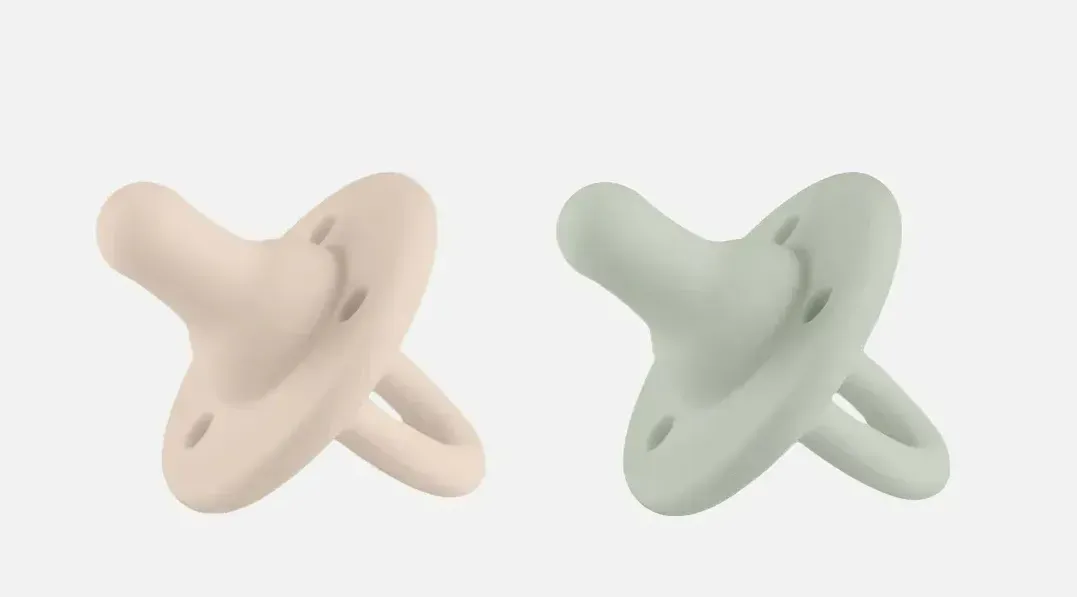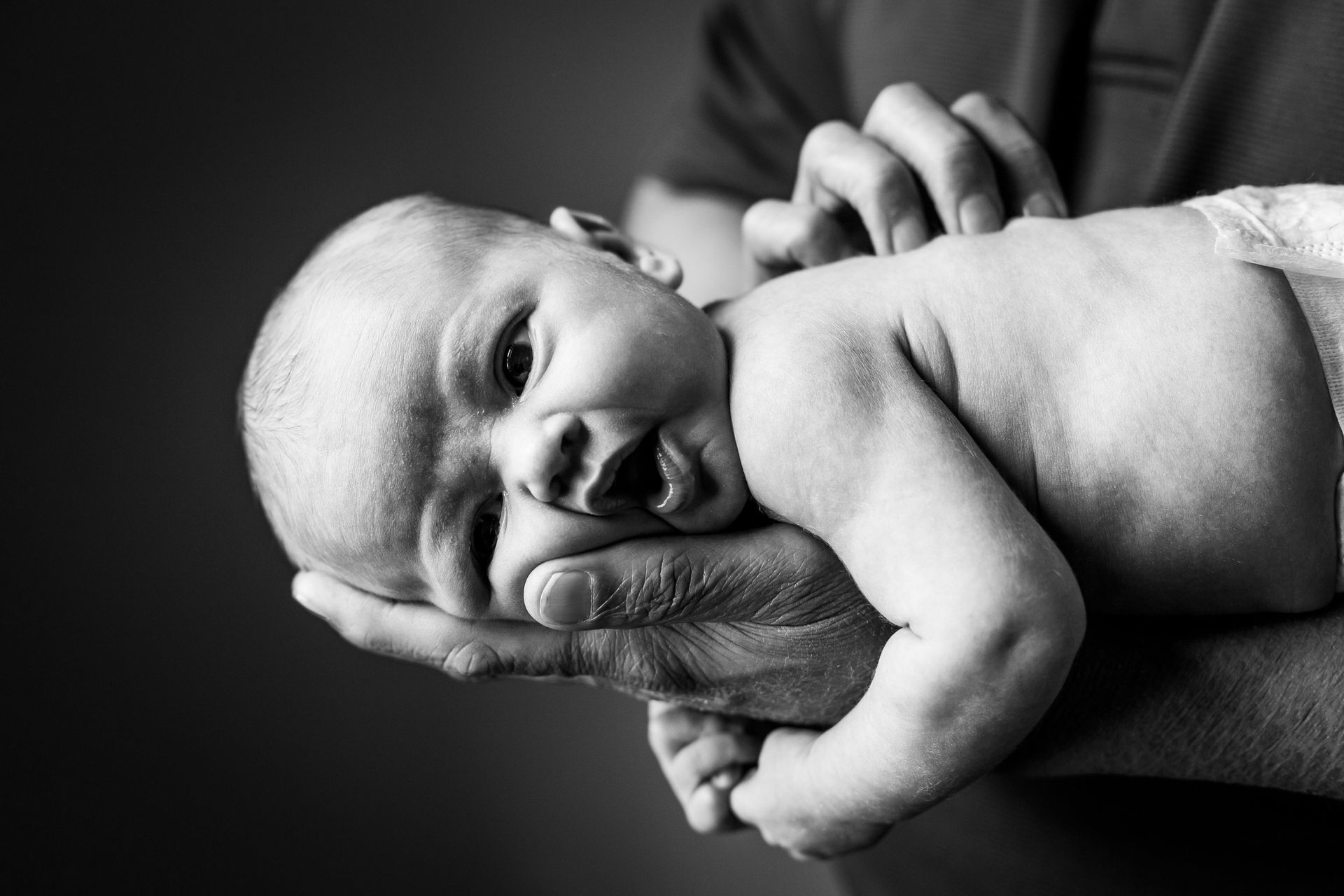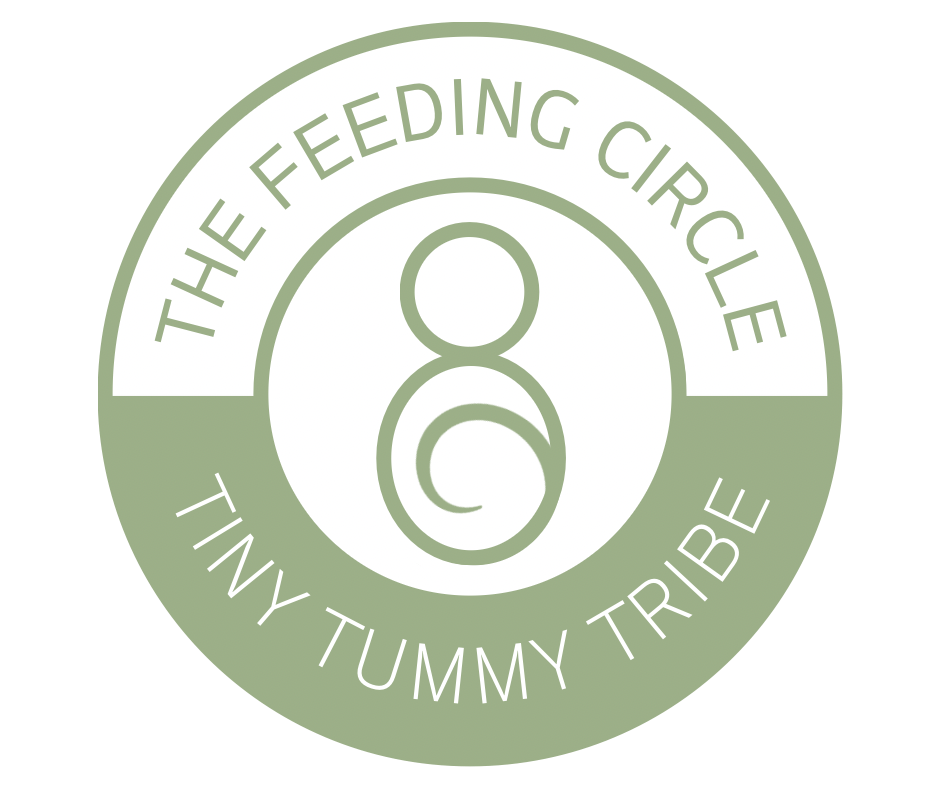IBCLC Insights: How to Pick a Pacifier That Supports Breastfeeding
Choosing a pacifier for your baby.
Pacifiers with a bulbous tip or narrow base promote sucking patterns that mimic a shallow latch and make it more difficult for your baby to use their tongue and jaw correctly—a skill essential for proper latching. Over time, this can reinforce motor habits that not only affect feeding but also disrupt the development of safe swallowing, breathing, sleeping, and eventually speech.
1. Ninni Co Pacifiers
Ninni Co pacifiers are an excellent choice—our top pick! The unique nipple design, made from soft medical-grade silicone, offers a gentle and natural sucking experience. This design supports optimal oral development. Plus, there’s an added bonus: these pacifiers are perfect for suck training exercises. If you have a NICU baby or your baby has oral dysfunction and struggles with breastfeeding, the Ninni Co Pacifier can be a helpful tool for teaching proper latch and sucking skills, making the transition to breastfeeding smoother. Use our code TINYTUMMYTRIBE for a discount on the Ninni Co pacifier and products. (click to go to website)

Their pacifiers are designed to promote healthy oral development. Made from premium silicone, they offer a soft yet durable feel, ensuring a comfortable fit for your baby. With their well-designed, sloped wide shape, these pacifiers help babies maintain a proper latch, making them an excellent choice. Click to purchase a
LeeLee and me pacifier on Amazon

Dr. Brown’s pacifiers are a trusted favorite among parents, and it’s easy to understand why. Their design promotes a natural sucking motion, supporting healthy oral development. The lightweight shield features ventilation holes to keep your baby comfortable and help prevent skin irritation.Click Here to purchase on Amazon

When to Start Using a Pacifier
Wondering when to introduce a pacifier to your baby? The general recommendation is to wait until feeding is going smoothly, typically around 3 to 4 weeks. This gives your baby time to develop an effective latch and optimal feeding skills before introducing a pacifier. However, for situations like painful procedures or car rides, it's perfectly fine to use a pacifier for comfort, even if your baby is younger.
When to Stop Using a Pacifier
While pacifiers are wonderful for soothing your baby, keeping them around for too long can lead to some potential issues, like dental problems or speech delays. It’s recommended to start weaning your baby off the pacifier between 6 months and 1year of age to avoid any negative effects on their oral development.
Here’s why it’s important to stop using a pacifier after the first year:
- Dental problems: Extended use can lead to bite misalignments and dental issues.
- Speech delays: Prolonged pacifier use can interfere with speech development.
- Ear infections: Research suggests a link between extended pacifier use and an increased risk of ear infections.
Conclusion
Picking the best pacifier is important to supporting your baby’s oral health and development. Remember, to wait until feeding is well established to introduce the pacifier and start weaning off of it between 6 months and 1 year to avoid any long-term issues.
Please note we earn a small commission from the Amazon affiliate links above, at no cost to you.


